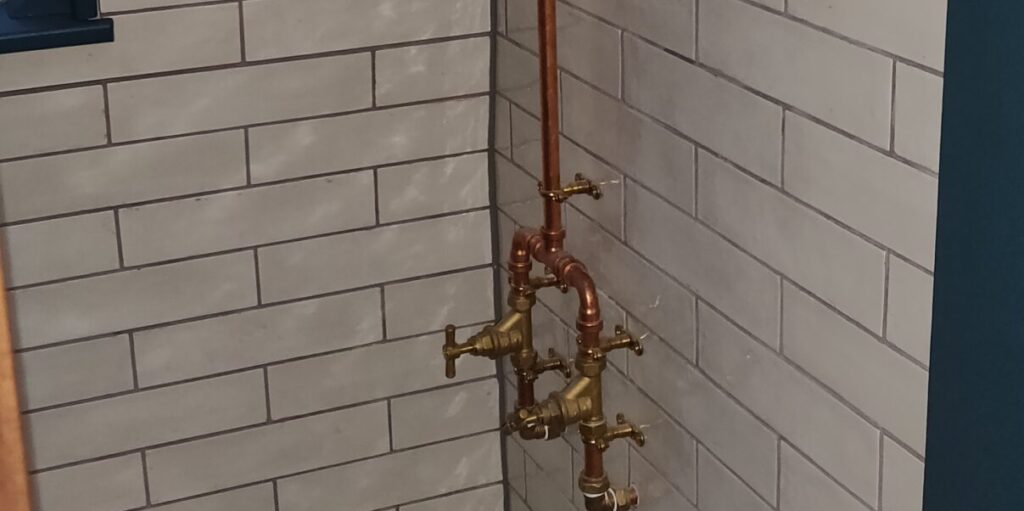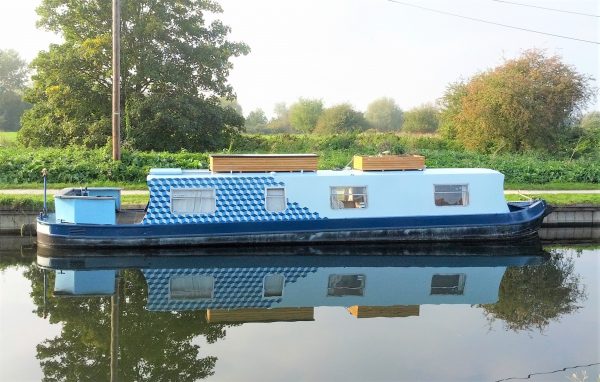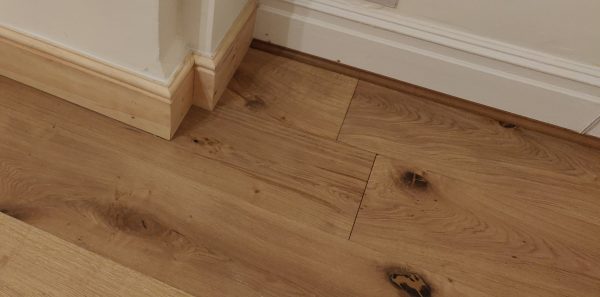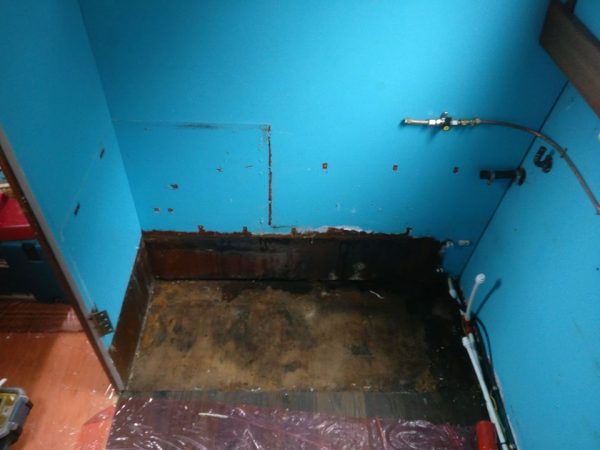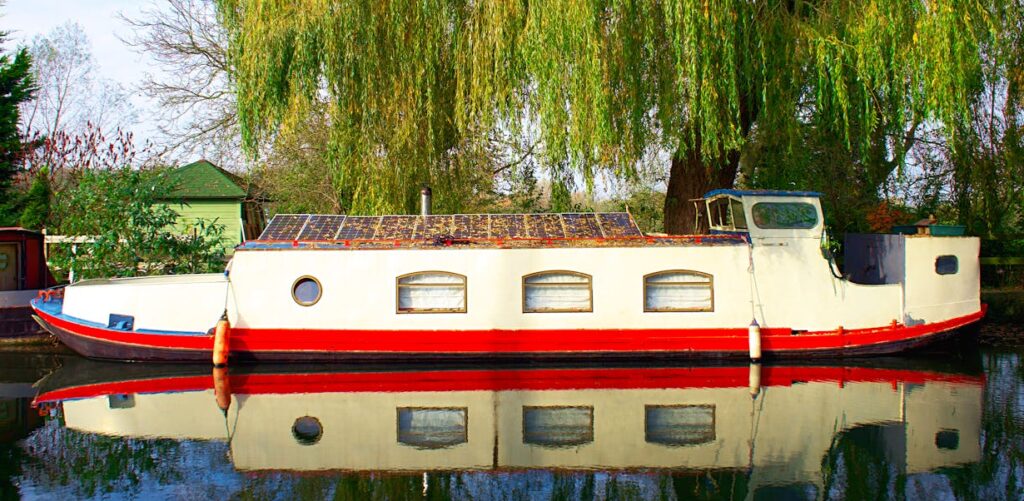So you want to build a wet-room? Find out more now.
It’s been decided that we are going to start blogging, and in an effort to do my part I’ve sat down and started typing. We get asked about wet-rooms all the time yet rarely end up doing them. Why? A…

